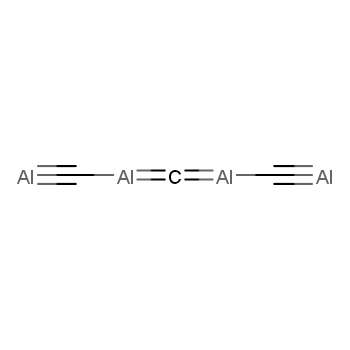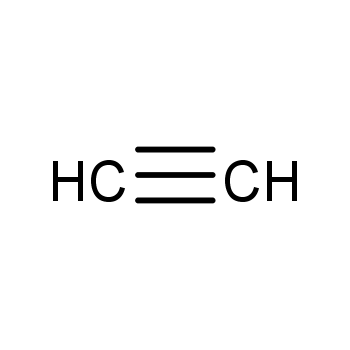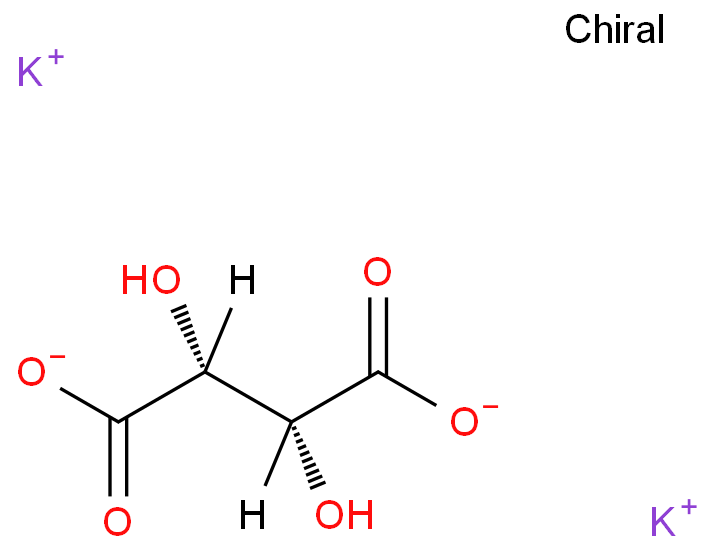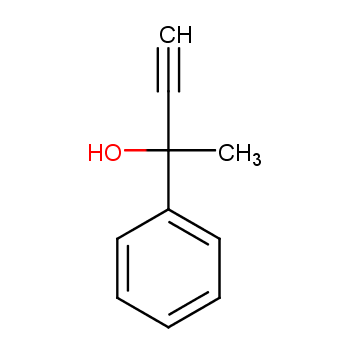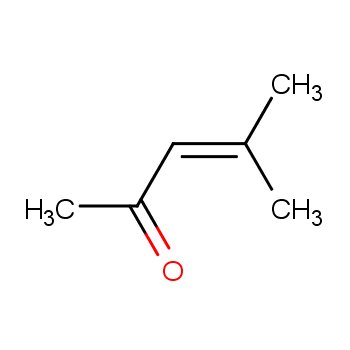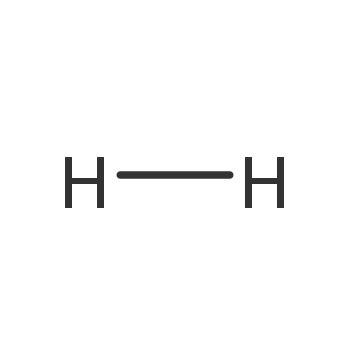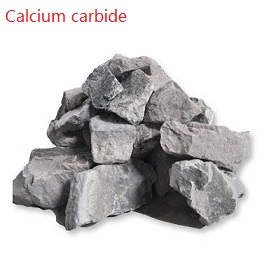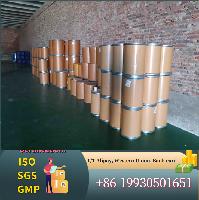Calcium carbide, with the chemical formula CaC2 and CAS registry number 75-20-7, is a compound known for its role in the production of acetylene gas. This colorless crystalline solid is characterized by its ability to react with water to produce acetylene gas, which is widely used in industries such as welding and cutting. Calcium carbide is also used in the production of calcium cyanamide, a nitrogen fertilizer. Additionally, it can be used as a desulfurizing agent in the steel industry. Calcium carbide has been studied for its potential use in the synthesis of various organic compounds and as a source of carbon in the production of graphene. It is an important compound in the field of chemistry and industrial applications, contributing to the development of various technologies and processes.
View more+
1. Names and Identifiers
2. Properties
3. Use and Manufacturing
4. Safety and Handling
5. MSDS
6. Synthesis Route
7. Precursor and Product
10. Related Questions
11. Realated Product Infomation
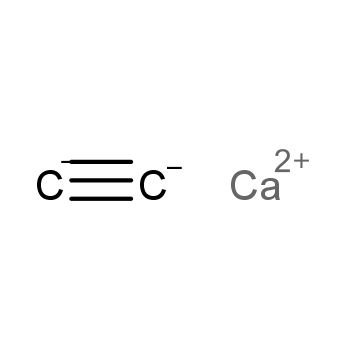
 EN
EN





